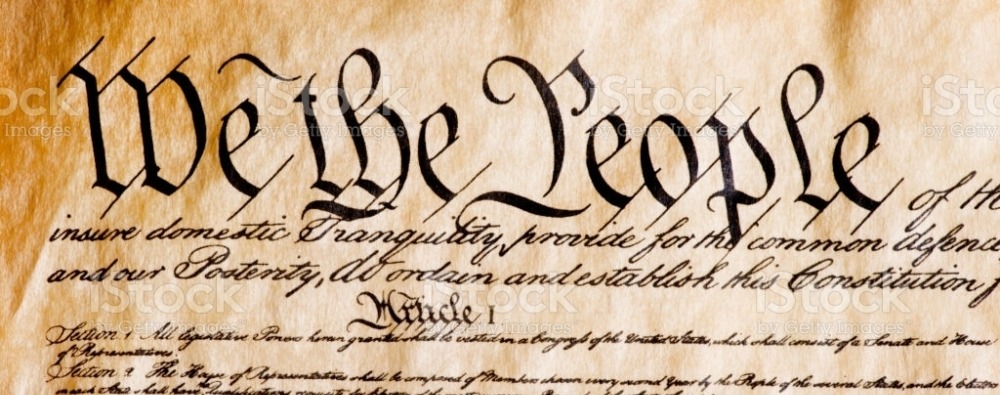Constitution State Celebrates 233 Years
January 9, 1788
Footprint of today’s democracy started with Stratford resident William Samuel Johnson.
On January 9, 1788, Connecticut became the fifth state to ratify the Constitution of the United States, which had been drafted the year prior at the Constitutional Convention in Philadelphia. There, Connecticut’s delegates—William Samuel Johnson, Oliver Ellsworth, and Roger Sherman—had been instrumental in breaking a deadlock between larger states, which favored proportional legislative representation based on population size, and smaller ones, which advocated that all states have but one vote each. Their “Connecticut Compromise” led to the two-house legislative system still in place today.
In 1787, William Samuel Johnson played a major role as one of the Philadelphia Convention’s delegates. His speeches on the subject of representation called for a strong federal government to protect the rights of Connecticut and the other small states from encroachment by their more powerful neighbors. He supported the New Jersey Plan, which called for equal representation of the states in the national legislature.
Johnson favored extension of federal authority and argued that the judicial power “ought to extend to equity as well as law” He denied that there could be treason against a separate state since sovereignty was “in the Union.” He opposed prohibition of any ex post facto law, one which made an act a criminal offense retroactively because such prohibition implied “an improper suspicion of the National Legislature.”
Johnson was influential even in the final stages of framing the Constitution. He gave his fullest support to the Connecticut Compromise (a compromise adopted at the Constitutional Convention, providing the states with equal representation in the Senate and proportional representation in the House of Representatives ), which foreshadowed the final Great Compromise, with a national legislature with a Senate that provided equal representation for all states and a House of Representatives based on population. He also served on and chaired the five-member Committee of Style, which framed the final form of the document.
The next step following the Philadelphia convention was to secure ratification from the state legislatures. This was no straightforward matter. Debates waged over how strong the national government should be in relation to state governments. In Connecticut, as elsewhere, the dividing line typically placed merchants and those of the wealthier, more urbane social strata in opposition to farmers and those from rural areas. The former, seeking stronger trade protections that a centralized government could bring, supported adoption of the Constitution; the latter, wary of federal taxation and the institution of a new merchant-aristocracy, viewed it with skepticism.
With such factors in mind, Oliver Ellsworth addressed Connecticut’s ratifying convention in Hartford on January 4, 1788. He opened the debates by arguing that the Union was necessary for mutual defense against outside aggressors, to maintain peace among the states themselves, and to promote more favorable trade and economic conditions at home as well as abroad. Days later, on January 9, by a vote of 128–40, Connecticut ratified the Constitution of the United States.
William Samuel Johnson, born on October 7, 1727, he is most notable for signing the United States Constitution, for representing Connecticut in the United States Senate, and for serving as the third president of King’s College, now known as Columbia University. His house stands today at the corner of West Broad Street and Main Street.
And this is why Connecticut is known as The Constitution State!

